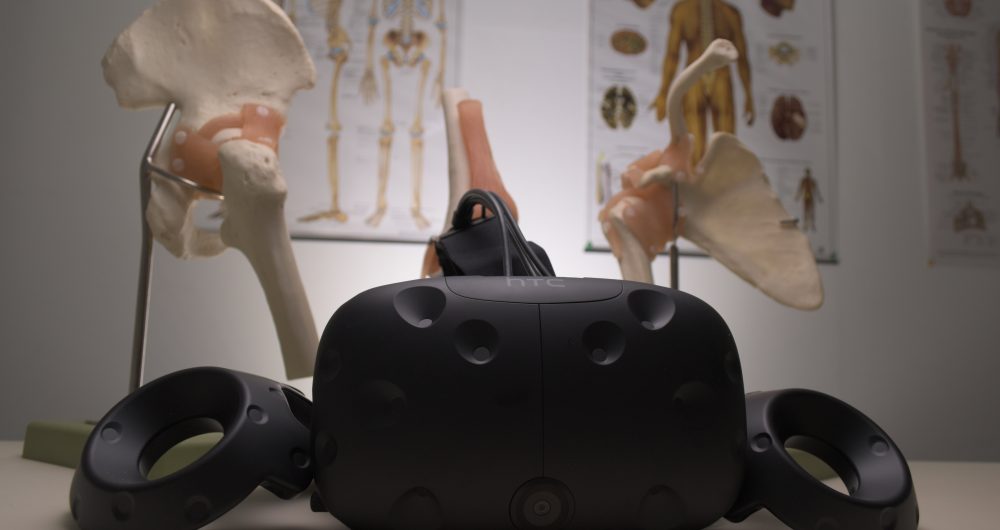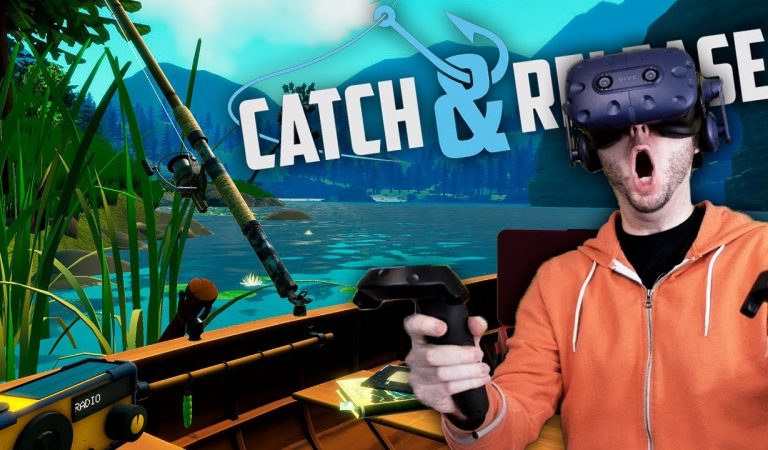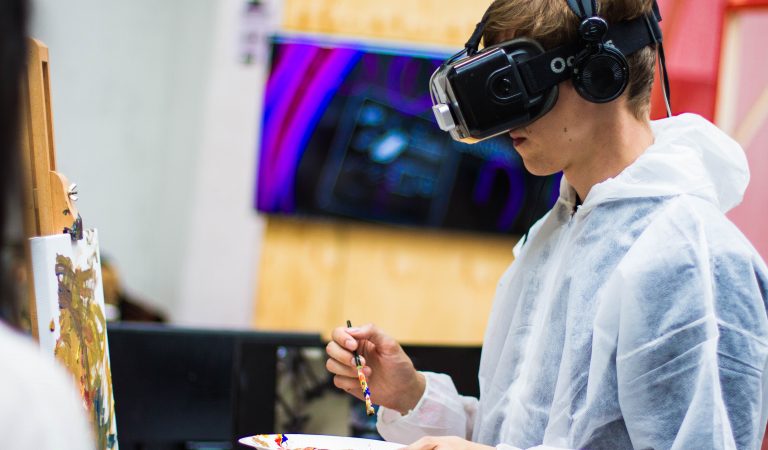Users rate the quality of their VR experiences by measuring the immersive features present in their interactions. The more immersive the VR experience, the better users typically like the game. A successful VR experience derives its capability from the VR content, the visual quality, and the quality of the sound present in the program, all of which help create an excellent level of immersion so the question is what’s next for VR sound.
VR Audio Today
Users of VR want to experience their systems as if they are actually “right there” in the action. The VR system’s sound quality is obviously an important part of this experience, and today’s VR audio utilizes the concepts of both time and space to create effective audio. Nowadays, VR sound quality has basically peaked in time quality, or frequency, since it is above the level of recognition for the human ear, meaning we can no longer tell a difference. However, space audio in VR systems still have room for improvement.
Since users of VR experience their content rendering through real time interactions, the objects that appear via VR cannot be presented through video or sound systems that are pre-configured, as was done in previous 2D and 3D games. Instead, objects seen in a VR experience must all be separately delivered. The sound in most VR games is developed around these separate objects which signal various types of playback experiences, allowing the VR gamer to feel as if they are roaming through a unique occurrence. VR companies, however, are still mastering how to best utilize sound deliverance based on individual objects, but learning how to best present this technology will help create a better VR sound experience for users in the future.
The Future of VR Sound
VR’s popularity has made the production of content for VR in high demand, but the audio utilized in VR still lags behind the demands of VR. Sound quality for technology in general, not just VR, is still playing catch-up in the category of Ambisonics signals, which are used in most 360 videos. Lower-grade Ambisonics signals generally need at least nine channels to be utilized effectively, and stronger Ambisonics systems generally cannot even considered for use. Strong Ambisonics signals use a large amount of bandwidth, and also restrict how well a user’s sound performs.
Most gamers active in the VR industry feel that making audio use personal for each user is the next step for the future of VR sound. While the bandwidth necessary to measure anthropometric data sucks currently sucks away too many resources, fitting sound systems to match up to particular ear and head sizes also becomes a factor for manufacturers to consider. Although many current VR gamers report experiencing immersion with the VR’s current binaural rendering capabilities without ruining their visual experiences, there is still much in this category that could be improved. Thus, the future of VR sound should move to focus on high-capacity audio systems that do not slow the visuals or the content experienced by the user, no matter what type of platform the VR system is hooked up to. So what’s next for VR sound? We just need to look forward to countless possibilities.
Read more about VR hardware here
Read more about The Best VR Shooting Games here.





